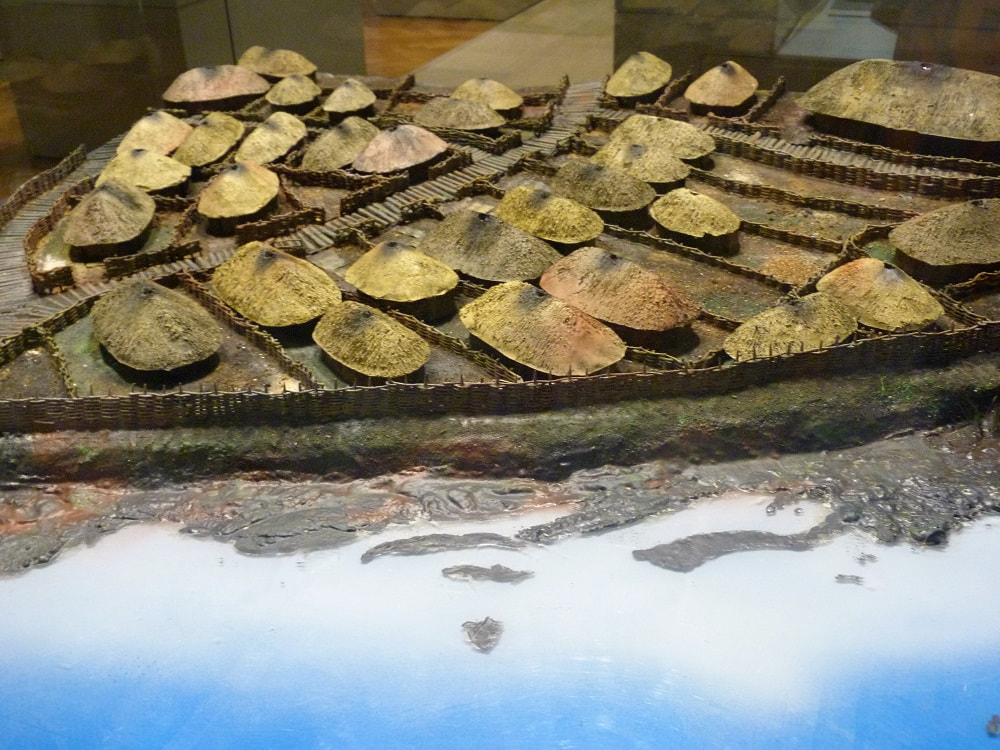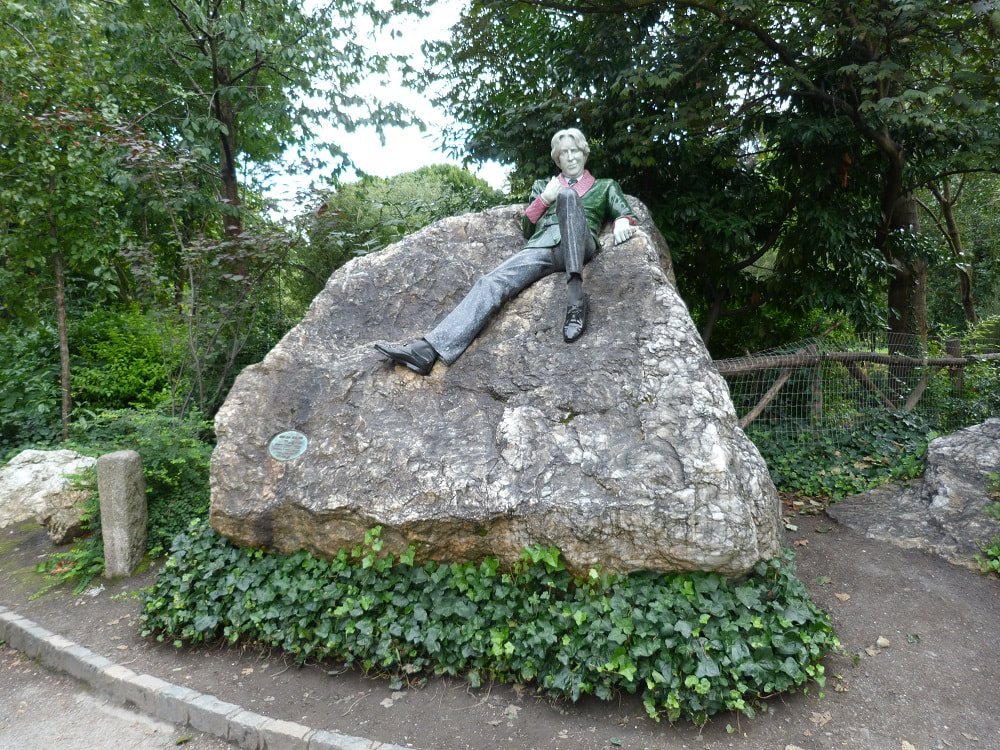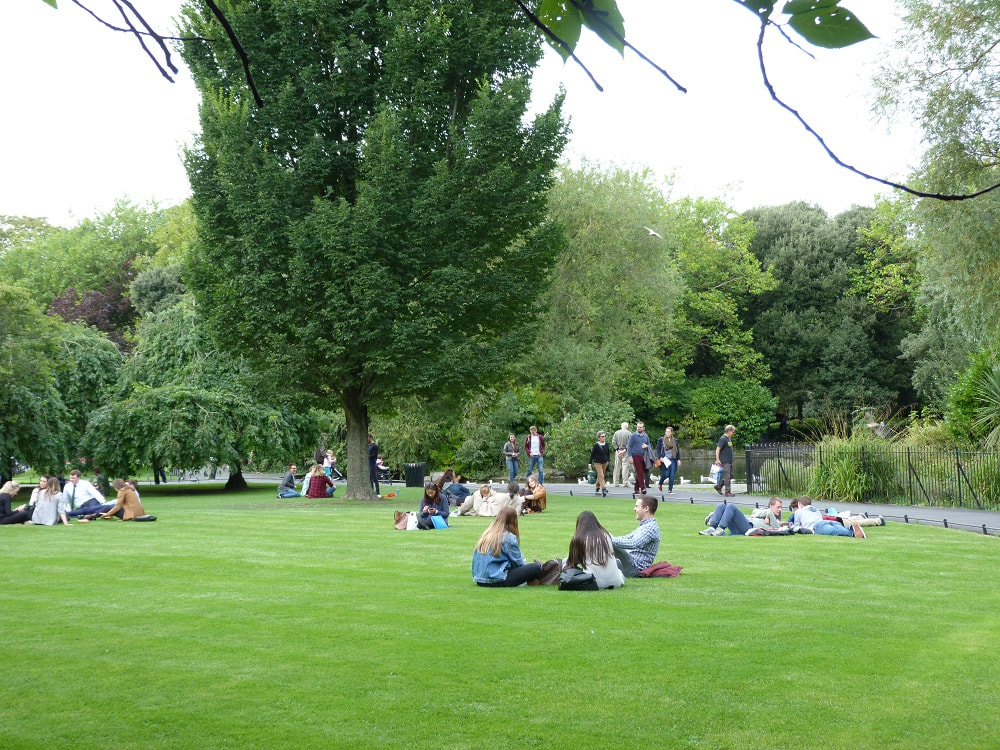|
Day and night seems wonderful to melt together and there always seems to be something to do. The city can be proud of a perfect blend of Irish charm and the multicultural Europe. Dublin on the Liffey River is beautifully situated on the Irish Sea at the foot of the rugged 'Dublin Mountains'. The city is in four words: elegant, historic, hip and youthful. All within walking distance of each otherThe history lasts over a thousand years, from a village in the Viking Age to the thriving modern city that she’s now. And all these accents can be found in the city. All within walking distance of each other. You can easily cross Dublin on foot. Behind every corner of the streets you’ll also discover something. Dublin is a miraculous combination of past and present. Old monuments are located next to the blinking modern architecture without being disturbing. On the contrary. A piece of history of Dublin and throughout Ireland include the two medieval cathedrals: 'Saint Patrick’s Cathedral’ and ‘Christ Church Cathedral. It’s very unusual for a city to have two cathedrals. The first is Ireland's largest cathedral and has been an integral part of Dublin's history since 1191. The second goes back to history in 1028. In the ‘Natural History Museum’ you’ll discover Dublin's entire history in a nutshell. In addition, access is free. Often there are everywhere in the city exhibitions about the Vikings. In Dublin, you can even take a city tour with the ‘Viking Splash Tour’, in a refurbished World War II vehicle you cross land and water with real Viking helmets. The Vikings are everywhere in Dublin. Dublin's biggest attraction is not unjustifiably the dynamic and vibrant atmosphere. Throughout the year, the city seems to sparkle: the cultural scene is alive and it always seems to be a party in the endless number of existing pubs. A very nice pub for a visit is 'The Brazen Head Inn', Ireland's oldest pub. Unique is that this pub has always been at this place for its entire existence since 1198. The pub is the perfect place to grab a quick bite for lunch at the cosy indoor patio or to drink a Guinness and relax. This characteristic black stout beer was first made in 1759 by Arthur Guinness. Meanwhile, this beer has become a national icon. In 1914 the brewery was the largest in the world. Today, the brewery is one of Ireland's most popular destinations. In the ‘Guinness Storehouse’ of seven floors you will discover the unique heritage of Guinness and the craft of brewing. It's a dramatic story that begins 250 years agoOn seven floors of an old fermentation plant of Guinness, the story of this Irish iconic drink is told. The experience starts at the bottom of the world's largest beer, which rises in the building. It's a dramatic story that begins 250 years ago and ends in the ‘Gravity Bar’ with a free glass of Guinness and an amazing view of Dublin. The Guinness is inextricably linked to the Irish and Dublin's culture. If you want to escape the hustle and bustle of the city centre, go for a walk and stroll outside of the centre or go to one of Dublin's many beautiful parks and gardens. Look at Europe's largest city park 'Phoenix Park', or 'Merrion Square' with the beautiful memorial to Oscar Wilde and many photographing Asians and the park 'St. Stephen's Green' where students, families with children and working people spend a break or picnic in the afternoon on a summer day. During the day, you hear the noise of an excited shopping audience, families heading for the beautiful parks, working people who eat a snack in one of the many trendy pubs and street tourists with their camera or smartphone with accompanying selfie stick. In the evening, the cosy hustle and bustle continues in the city, and the crowd flows to the many pubs and restaurants full of people who want to taste all the tastes of this dynamic city. Dublin offers the whole pictureJust a few other European cities offer such a wide variety. Whether you want to explore the medieval streets and ancient remains of the old city wall of the old city, you want to taste the atmosphere of past or present in trendy or traditional pubs, you want to stroll through the city centre and the surrounding neighbourhoods of Dublin, you want to enjoy a touch of Irish music and dance or want to sniff a piece of history and art, Dublin offers the whole picture. Hostel tip
Dublin airport to the city centreThere are several possibilities to reach the city centre. Several express buses provide transport to Dublin. But you can also take bus 16 rom Dublin Bus from Dublin Airport to Ballinteer (Kingston) and get off at O'Connell Street or at O'Connell Bridge. This bus also goes fast and costs only 3.30 euros for a ticket (price 2016). The bus runs every fifteen minutes between 6:00am and 23:30pm.
Real-time information Dublin Bus: www.dublinbus.ie Hanan Scheers I travel the world to find unexpected stories. 17 October 2018
Comments are closed.
|
InSite Magazine is created by Just Hanan. We want to show you a world full of culture and lifestyle, and try to give you lots of international travel inspiration.
InSite Magazine Lifestyle Culture Travel Active Foodie Music Visuals Destinations Europe Asia Africa North America South America Oceania More+ home Our team |
|
We respect your privacy and will only reach out when we have something important and exiting to share! - Kami menghormati privasi anda dan hanya akan menghubungi anda jika kami punya sesuatu yang penting dan menarik untuk dibagikan!
|




















